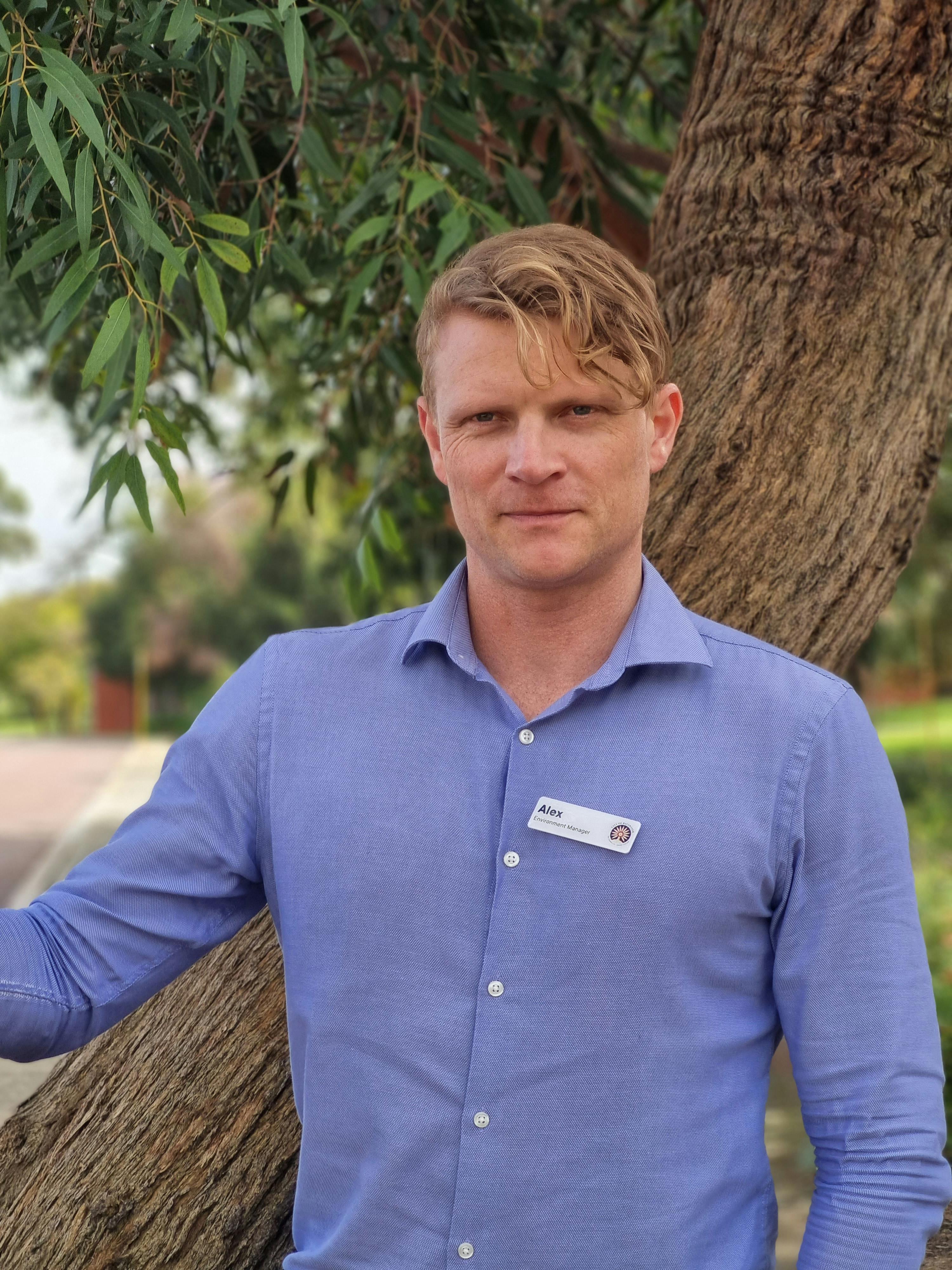At its 29 April 2025 meeting, Council endorsed the Maylands Lakes Environmental Restoration Concept Report and authorised an estimated timeline for implementing Phase 1 actions be published by 30 June 2025.
The estimated Phase 1 Implementation Timeline can be viewed below:
Phase 1 actions focus on works that are likely to have more immediate impact, with subsequent phases to occur once the effects of Phase 1 actions are understood, subject to future funding. This allows for data to be collected to assess some of the more extensive proposed actions while treating some of the issues earlier.
Over July and August 2025, the City will work with its consultants to develop a detailed Implementation Plan, documenting the steps and processes required to deliver the actions in Phase 1.
This plan will use the MERI framework (Monitoring, Evaluation, Reporting, Improvement) to ensure actions are appropriately prioritised and progressively implemented.
The City will continue to engage with and update community members via regular forums as design and implementation actions progress.
At its meeting last night, Council voted unanimously to endorse the Maylands Lakes Environmental Restoration Concept Report and commence works identified in Phase 1.
Council has approved setting aside $2.4 million in its draft 2025/26 Budget towards the project.
Mayor Filomena Piffaretti said adopting the plan represented a significant milestone in addressing water quality and midge challenges experienced by the community at Maylands Lakes.
“I’m confident this plan will deliver a solution to a complex problem that has been impacting the lives of our residents for many years,” she said.
“This plan represents 12 months of working together with expert consultants, our Scientific Advisory Panel and our community on a data-driven approach.
“We’ve listened to our community through forums and workshops, and this has informed development of the plan alongside advice from environmental scientists, academics and state agency representatives.
“The City is fully funding the design and implementation of the first phase of works, so our community can be confident this plan will be put into action.”
Phase 1 works include establishing a pumping system to recirculate water at Lake Brearley and developing a wetland at Brickworks Lake to filter and treat water entering the lakes. Phase 1 works are expected to take approximately 18 months to two years.
The City will continue to advocate for external funding for actions identified in Phases 2 and 3.
Thank you to everyone who took time to provide feedback on the Maylands Lakes Environmental Restoration Masterplan Concept Design Overview recently.
More than 100 members of our community had their say either by attending the in-person workshop or completing the online survey.
Your feedback has been incorporated into a revised report that has been presented to the Scientific Advisory Panel and to Councillors for final feedback.
The Maylands Lakes Environmental Restoration Concept Report (page 296) will now be presented at the Ordinary Council Meeting of Tuesday 29 April.
The community engagement outcomes report has also been published on this page in the Community Engagement section in the right-hand panel: 250414 MLMP Engagement Report.pdf (1.52 MB)
A reminder community members are invited to provide their feedback on the Maylands Lakes Concept Design Report before 11pm this Sunday 16 March 2025.
The City’s consultants are seeking to understand the community’s acceptance of the range of proposed intervention methods contained within the report to address the issues at Maylands Lakes.
Provide your feedback by clicking on the Maylands Lakes Concepts Feedback Form tab on this page.
Q&As from the Maylands Lakes Masterplan Workshop on Wednesday 26 February are now available below and in the box at the top-right of this page titled Masterplan Concept Documents.
The consideration of pumps and filtration to alleviate the issues at Maylands Lakes will now be considered at the Ordinary Council Meeting of Tuesday 29 April 2025 along with the draft Masterplan.
A Concept Design Report has been developed by our consultants in conjunction with the Scientific Advisory Panel, which has been presented to the City’s Executive, and to Council at a briefing.
To help communicate the Masterplan process and support community engagement, a Concept Design Overview has also been developed. This overview is important reading ahead of the workshop.
It contains:
- Why Maylands Lakes are the way they are
- What the possible responses are
- How these responses have been prioritised and should be applied
- What these responses might look like
- What you should consider when providing feedback.
Download a copy of the Concept Design Overview from the top of the menu bar.
For the workshop, a series of criteria has been proposed to assist with reviewing the concepts. Tell us if you support these criteria or would like to provide comments or suggest refinements by completing a quick poll on this page.
Note: The full Maylands Lakes Environmental Restoration Masterplan Concept Design Report has now been published on Engage Bayswater. This is supplementary information which is not required reading ahead of the workshop but provides more detail for those who are interested.
A Maylands Lakes Masterplan Workshop has been scheduled for Wednesday 26 February.
This workshop will be hosted by Alluvium, on behalf of the City, and facilitated by Joel Levin from Aha! Consulting.
At the workshop, you will hear from our consultants on how they have determined the driving factors contributing to water quality issues, identified the key actions and developed a concept design report.
This will be presented for exploration and discussion. Community feedback will be incorporated into a final approach which will go to Council for approval.
Whether you are planning to attend in person or have your say online, please RSVP to receive pre-workshop reading material from the City and to complete a quick poll.
Maylands Lakes Masterplan Workshop
In person
Date: Wednesday 26 February 2025
Time: 6 – 9pm
Location: The RISE, Maylands
Light refreshments will be provided.
Online
Presentations from the workshop and an online feedback form will be made available from Thursday 27 February.
RSVP: Please complete the form here




